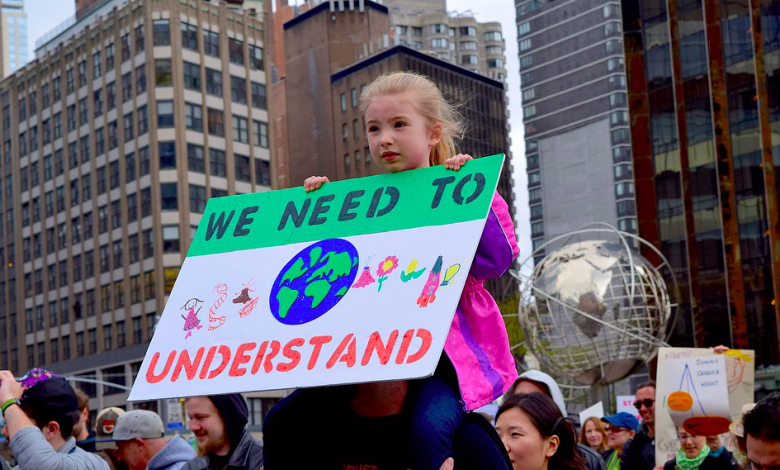Can Fossil Fuels Recover From Massive Divestment Movement?

There is no doubt that fossil fuels, including oil and gas, have provided the majority of the energy that we need every day, worldwide. Despite their widespread use, however, there has been a large amount of pushback against the industry stemming from environmental concerns. From these challenges, the Fossil Fuel Divestment Movement emerged.

What Is The Fossil Fuel Divestment Movement?
The Fossil Fuel Divestment Movement is one of the most significant disruptions to the industry, causing a loss of money, among other issues. The principal concept to understand about this movement is that of a divestment. Divestments are essentially the complete opposite of an investment. Investing in something consists of putting money into stocks, bonds, mutual funds, and everything in between. Divesting, on the other hand, consists of taking money out of the same areas.
A divestment movement, on the other hand, has several parts. These include not only taking money away from a company or industry, but also convincing others to do the same. A divestment in its singular form is usually done as a result of something being wrong with the business, whether that be a financial or ethical problem, and is an individual’s personal choice.
The Fossil Fuel Divestment Movement, however, is a much larger effort involving thousands of people. In a nutshell, participants of the movement have sold assets and removed their funds from fossil fuel companies to fight for their cause. Convincing other people to stay away from similar investment choices is also a huge component of this particular movement. Along with just abstaining from feeding the industry themselves, fossil fuel divestment supporters seek to ensure that others do not contribute to its success and cancel out their efforts.
The movement was started in the 1960s by an environmental activist named Bill McKibben. His work was finally taken seriously about 20 years later in the 1980s, and many people worldwide became involved in the movement from there, including former President Barack Obama. To this day, the Fossil Fuel Divestment Movement is still active against non-renewable energy sources.
The Movement’s Effects On The Fossil Fuel Industry
The Fossil Fuel Divestment Movement has taken several hits to the non-renewable energy industry throughout its entire duration. In recent years, participants have managed to convince numerous organizations to divest in fossil fuels, from colleges and universities to entire churches.
One of the largest players in the coal business, Peabody, was hit so hard by the movement in 2016 that it began to anticipate bankruptcy. Nevertheless, the company was able to emerge from its financial troubles the next year in 2017.
The movement itself has also been named a material risk for investors looking to get involved in the industry, due to its impact on returns. While the use of fossil fuels has experienced somewhat of a decline recently, this is not necessarily due to the Divestment Movement alone.

Fossil Fuel Future Outlook
With all of the major effects of the fossil fuel divestment movement being highlighted, what lies ahead for the industry can seem troubling to potential investors. However, this is not to say that funds should be ripped away from oil and gas so quickly.
Although the divestment movement has done its numbers on non-renewable energy, the future of the business still appears to be bright. Despite all of the adversarial efforts, fossil fuels still come on top, supplementing for over 80 percent of the global energy demand as we speak.
As a result, investors in gas, oil, and other fossil fuel alternatives are still able to get their hands on a lucrative market. While the future of the industry is never certain, it can be speculated that the fossil fuel business can overcome the challenges of the divestment movement in the meantime.



